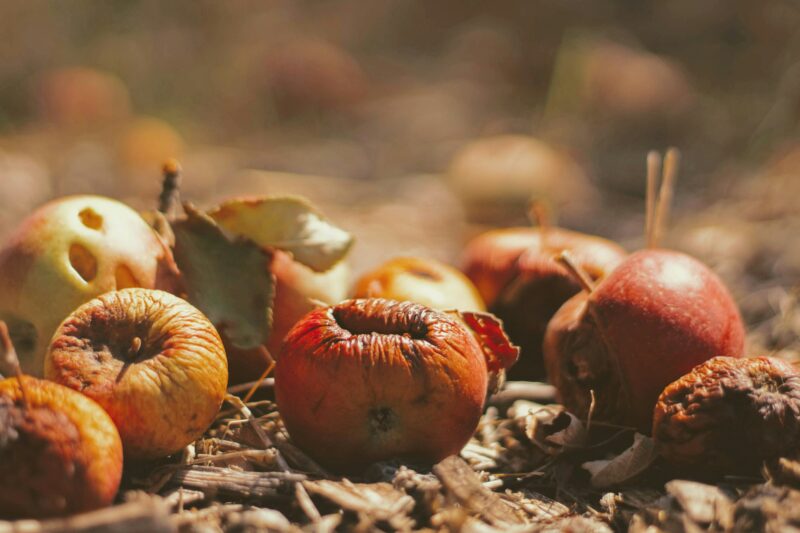
As the temperature drops and the ground freezes, many people assume composting is a seasonal activity that must be put on hold during the winter months, but that’s not the case! Winter composting can still thrive, and it’s an excellent way to continue your commitment to caring for our natural places, even when the snow falls. Here’s how you can keep composting during the winter months.
Why Winter Composting Matters
Composting year-round is a critical part of reducing waste and enriching the soil, and it’s a great way to practice stewardship. During the winter months, when gardeners are less likely to be out planting and tilling, composting provides the perfect way to keep caring for our shared natural places. Organic waste like food scraps, leaves, and yard waste don’t stop accumulating just because it’s colder outside. By maintaining your composting routine through winter, you can continue to reduce the amount of waste sent to landfills, and the nutrient-rich compost produced will be ready for your garden when spring arrives.
How to Compost in Winter
While the winter season brings a few additional challenges, with the right approach, you can continue composting through the cold months.
1. Insulate Your Compost Pile or Bin
For outdoor composting, protecting your pile from freezing is crucial to keeping things decomposing. You can insulate your compost bin with materials like straw, leaves, or even a tarp to help keep the warmth inside. Larger compost piles tend to retain heat better, so consider adding more material to your pile in the fall to give it a good start for winter.
2. Keep Your Compost Pile Aerated
Decomposition slows down in winter, but it doesn’t stop entirely. Keep your compost aerated by turning it every few weeks. If it’s too cold to turn the pile, you can simply add fresh materials to the top and let the heat from the decomposing organic matter help break down the lower layers. A well-aerated compost pile will help prevent odors and keep the process going.
3. Keep the Right Balance of Materials
Maintaining the proper carbon-to-nitrogen ratio is essential in winter composting. In colder weather, compost piles often dry out, so be sure to add wet materials like food scraps, grass clippings, or coffee grounds to balance the dry leaves and woody materials you may have. Also, make sure to avoid large pieces of material that may take longer to decompose, like big branches or tree trunks.
4. Store Food Scraps Inside
When the ground freezes, it can be difficult to add food scraps to an outdoor compost bin. Instead, store them in a container inside your home until it’s warm enough to add them to the compost pile. A small indoor compost bin or compost pail can be kept in a kitchen, where you can easily collect scraps like fruit and vegetable peels, coffee grounds, and eggshells.
Winter composting might take a bit more effort, but it’s a wonderful way to continue practicing being a good steward of Minnesota and providing nutrients to your garden. With a few simple tips and the right approach, you can keep your compost pile active and help improve the soil in your community. Whether you’re composting outside or inside, remember that every scrap of organic waste you compost is one less piece of waste in a landfill. Winter composting is just one more way to care for the earth and embrace the principles of stewardship, helping to ensure that Minnesota’s beautiful natural spaces remain vibrant for generations to come.
Find Your Next
We invite you to share the ways you care for Minnesota’s natural place to inspire others to go Upstream.